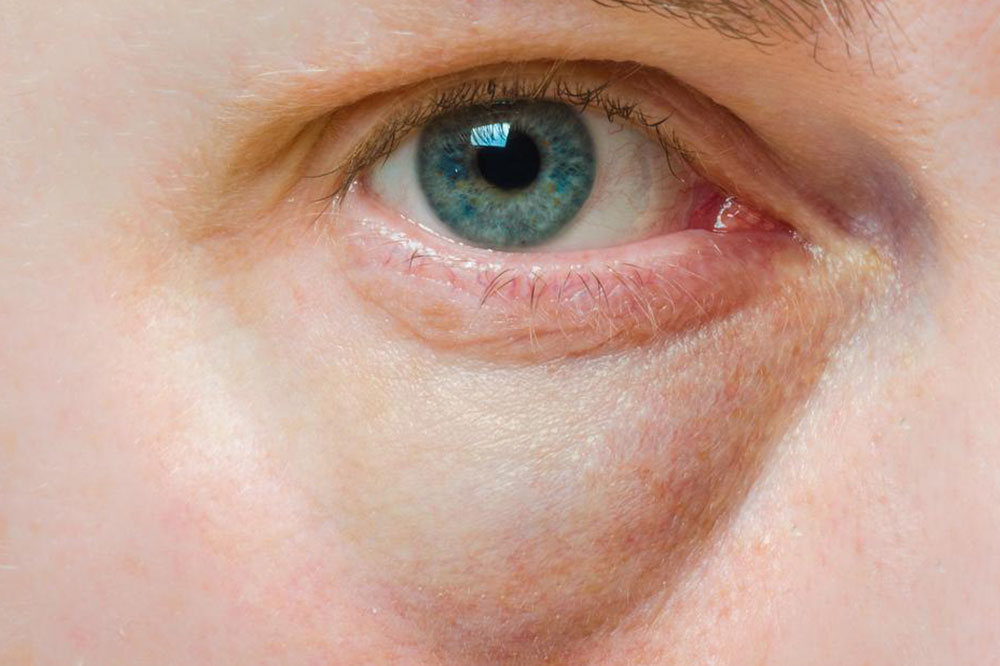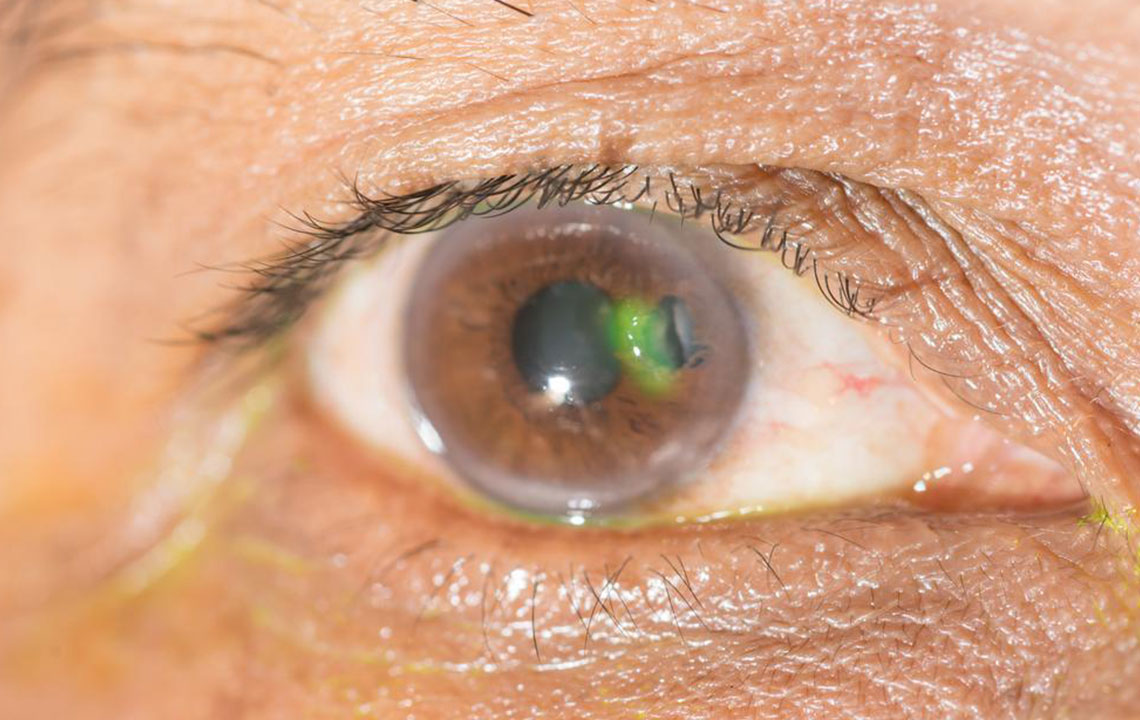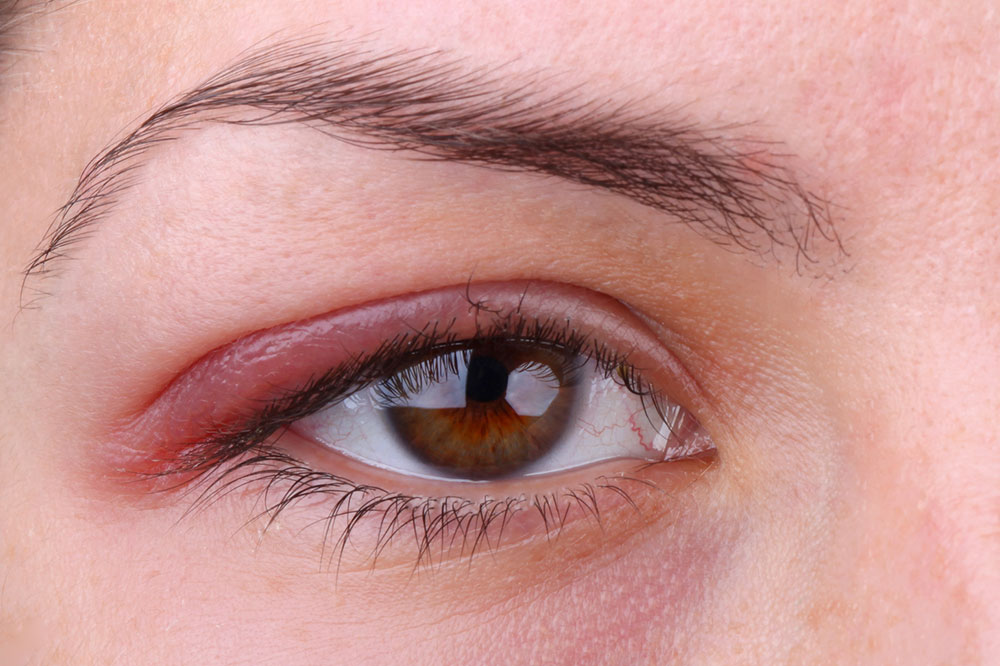Comprehensive Guide to Eye Health: Understanding Common Conditions and Preventative Care
This comprehensive guide delves into common eye conditions, highlighting causes, symptoms, and effective preventative measures. Understanding eye health, recognizing warning signs, and maintaining regular check-ups are essential for preserving vision. The article also offers practical home remedies and tips to manage minor eye ailments, emphasizing the importance of early intervention and proper eye care routines for optimal visual health.

Comprehensive Guide to Eye Health: Understanding Common Conditions and Preventative Care
Your eye health is a fundamental aspect of overall well-being, yet many individuals remain unaware of the diverse range of eye conditions that can affect sight and quality of life. Recognizing the signs, symptoms, causes, and prevention strategies for common eye disorders is essential for maintaining clear vision and preventing severe complications. This extensive guide aims to provide detailed insights into various eye diseases, their impact on visual health, and practical advice on safeguarding your eyesight.
In-Depth Overview of Common Eye Diseases
Acanthamoeba Keratitis: A serious eye infection primarily associated with poor contact lens hygiene, leading to pain, redness, and potential vision loss if untreated. Proper disinfection and hygiene routines are critical to prevent this infection.
Lazy Eye (Amblyopia): A developmental visual disorder most commonly affecting children, where one eye fails to develop normal vision, resulting in decreased acuity. Early intervention with corrective lenses, patching, or therapy can effectively restore vision in many cases.
Astigmatism: A common refractive error caused by irregular shaped corneas or lenses, leading to blurred or distorted vision at all distances. Corrective lenses or refractive surgery can typically correct this condition.
Anisocoria: A condition characterized by unequal pupil sizes, which may be benign or indicate underlying neurological issues requiring medical evaluation.
Bell's Palsy: A temporary paralysis affecting facial muscles that can impair blinking, leading to dry eyes and increased susceptibility to infections. Treatment may involve medication and eye care techniques.
Blurred Vision: A symptom caused by various factors, including eye strain, refractive errors, or serious diseases like glaucoma or diabetic retinopathy. Diagnosis is essential for appropriate intervention.
Burning Eyes: Discomfort often due to dry eye syndrome or blepharitis, which involve inflammation of the eyelids or tear deficiency. Managing environmental factors and using artificial tears can provide relief.
Black Eye: A bruise around the eye resulting from trauma, which may cause swelling, pain, and discoloration that typically resolves over time.
Blepharitis: Chronic inflammation of the eyelids causing crusting, redness, watery eyes, and light sensitivity. Proper eyelid hygiene and medications help manage symptoms.
Cataracts: Clouding of the eye's natural lens, predominantly affecting individuals over 60, leading to decreased vision. Surgical removal of the clouded lens is highly effective.
Macular Degeneration: A degenerative disease of the central retina that results in loss of sharp central vision, often associated with aging and lifestyle factors like smoking.
Dry Eyes: A condition characterized by insufficient tear production, causing burning, discomfort, and blurred vision. Environmental modifications and artificial tears can improve comfort.
Conjunctivitis: Inflammation of the conjunctiva or pink eye, caused by infections, allergies, or irritants, leading to redness, discharge, and discomfort. Proper hygiene and treatments are effective.
Identifying Warning Signs and Symptoms
Sudden or intense pain in the eye
Persistent or recurrent eye discomfort or redness
Blurred, double, or hazy vision that does not improve
Flashes of light or bright spots within vision
Haloes or glare around lights
Seeing floating spots, webs, or shadows
Feeling as if a curtain or veil is descending over your sight
Unusual swelling, discharge, or redness
Changes in eye color or pupil size and shape, indicating potential neurological or systemic issues
Underlying Medical Conditions Affecting Eye Health
Giant Cell Arteritis: An autoimmune inflammatory condition affecting large blood vessels, common in older adults, leading to potential irreversible vision loss if not diagnosed early.
Thyroid Eye Disease: Associated with thyroid hormone imbalances, this condition causes eye protrusion, double vision, and eyelid swelling due to inflamed tissues.
Diabetic Retinopathy: A complication of diabetes that damages retinal blood vessels, potentially causing blindness if untreated. Blood sugar control is vital for prevention.
Allergies and Hypertension: Both can contribute to eye discomfort, redness, and vascular issues, emphasizing the importance of managing systemic health.
Preventive Strategies for Protecting Your Eyes
Schedule regular comprehensive eye examinations every 2-3 years for those under 50; annually after age 50 or with existing risk factors such as diabetes or family history.
Maintain a balanced diet rich in vitamins A, C, E, and omega-3 fatty acids to support eye health.
Be vigilant about early symptoms or familial history of eye diseases, and seek prompt medical attention.
Protect eyes from environmental hazards like ultraviolet rays, bright lights, and potential impact injuries using sunglasses and protective eyewear.
Practice diligent contact lens hygiene—clean and store lenses properly, avoid sleeping in lenses not approved for overnight wear, and replace lens solutions as recommended.
Avoid smoking and reduce alcohol intake, as these habits are linked to increased risk of eye diseases such as cataracts and age-related macular degeneration.
Home Care Tips and Natural Remedies for Common Eye Issues
Use warm compresses on styes to promote drainage and reduce swelling.
Apply cool compresses to soothe eyes affected by conjunctivitis or allergies.
Practice good eye hygiene by rinsing eyes with sterile water or saline solutions to remove irritants or discharge.
If experiencing night blindness or difficulty adapting to darkness, gradually spend time in low-light environments to train your eyes.
Gently wash eyes with a diluted boric acid solution or sterile saline to address minor infections or irritation, avoiding harsh chemicals.





